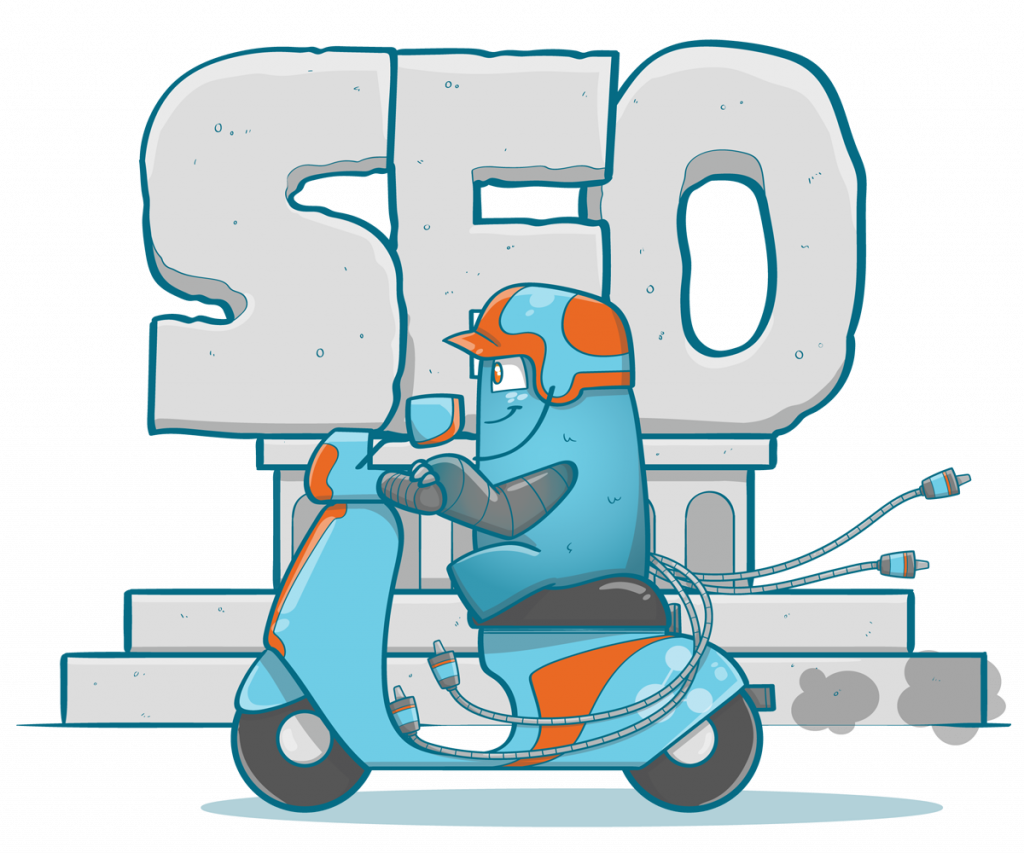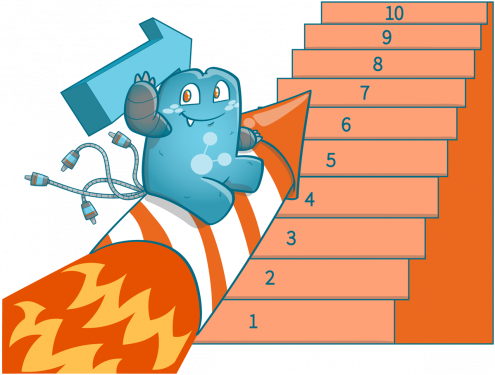Understanding Search Intent and Its 5 Types: A Quick Guide for Digital Marketers

Search engine optimization (SEO) has evolved to account for search intent by providing users with what they’re searching for in the form of a website or advertisement.
This post will cover how understanding search intent can help you reach your marketing goals better and give your business an edge over competitors.
A Quick Overview of SEO (Search Engine Optimization)
Before going into search intent, let’s get a quick overview of SEO. SEO, also known as search engine optimization, is the practice of optimizing a website for Google search to earn higher web traffic levels and improve the site’s visibility.
A critical aspect of SEO is understanding how users interact with search engines. Search engines, such as Google, use crawlers (or bots) to index websites by following links on pages. The indexed websites are then ranked based on various factors, including how relevant the content is to the user’s search query.
Search Intent: What is it?
Search intent is the purpose that a user has for making their search query. We can often infer the intent behind a search. This will change how we approach optimization based on what we find out about our audience’s needs.
You’ll want to recognize the five basic types of searches: informational, navigational, transactional, commercial, and conversational.
Informational Intent
Informational search is used when users know exactly what they’re looking for. They know the information exists somewhere on the web, and they just need to find it. This could be anything from buying a product or service to researching something like cancer treatments or eye conditions.
In this case, you should try your best to show up near the top of results in organic search so that users can easily click through if their query matches what’s on your website.
Navigational Intent
Navigational searches are used by people who already have an idea about where they want to go but don’t necessarily know how to get there yet – think “Google Maps” versus simply typing in addresses (and potentially getting lost).
The navigator is looking for a specific website but might not know the exact web address. In this case, you want to make sure your site is included in Google’s search engine results pages (SERP) so that people can easily find you.
Transactional Intent
Transactional searches are used when someone is ready to buy something. They have an idea of what they’re looking for and are just researching before purchasing.
As a business, it’s essential to be aware of transactional intent because it often indicates that someone is close to buying. Maybe, they’ve already found a product on another website but are looking for a better deal, or perhaps they’ve decided they need your product or service and are just trying to figure out how much it will cost.
Commercial Intent
Commercial searches are used when people research a specific product or service but aren’t ready to buy. They’re just trying to get an idea of what’s out there and what the options look like before deciding on something.
In this case, you want your content to show up in Google search results so that it can be found by someone who is actively researching products similar to yours.
Conversational Intent
Conversational searches are very different from informational, navigational, commercial, or transactional because they’re based on a person’s spoken words and not typed-in search terms.
This type of query is often done by voice assistants like Amazon Echo (Alexa), Google Assistant, and Apple Siri.
For example, if you ask your Alexa for an update about the weather in San Francisco today, it won’t return web pages. Instead, we’ll hear Alexa speak back to us with the answer: “Today in San Francisco will be sunny with temperatures between 68 degrees to 73 degrees.”
This differs significantly from traditional SEO because there aren’t links that can be followed and no text content that needs optimizing; instead, these conversational queries rely more on understanding user intent and providing the best answer possible.

Website User Personas
User personas are fictitious people who represent your target audience’s different demographics and psychographics. By creating a series of personas, you can get to know who your users are so that you can create content they’ll want.
One way to start building user personas is by looking at search intent data from the tools like Semrush. In this tool, you enter keywords related to your industry or business.
Then it shows how many searches there were for each keyword within the past month. Along with this is how much competition there was for those terms (how high up on page one an ad would need to be to show up).
Approaching Search Intent with User Personas in Mind
Now that you know the different types of search intent, you’ll want to think about how your audience is searching. This is where user personas come in handy – they help us understand our target market better so that we can create content and optimize for their needs.
For example, if you know that a good portion of your audience uses transactional searches when they’re ready to buy something, then you’ll want to make sure your site has an easy-to-use checkout process and that all of your prices are clearly displayed.
You might also consider creating targeted ads that show up when someone is looking for a product or service like the one you offer.
If most of your audience falls into the “commercial research” category, you’ll want to focus on creating high-quality content full of data and statistics. This type of information can be beneficial for people who are still trying to decide what product or service to buy.
You might also consider doing some paid advertising so that your site appears at the top of search engine results pages when someone is looking for specific keywords related to your business.
Why Understanding Search Intent Is Important for Digital Marketers
Now that we have a basic understanding of SEO and search intent, let’s discuss why understanding search intent is essential for digital marketers. As mentioned earlier, search engines rank websites based on how well they match a user’s search intent.
Visibility
If you don’t understand what your audience is looking for, it will be challenging to create high content in search engine results pages. In fact, you might not even show up in the results at all!
Great for Ads
Additionally, understanding search intent can help you create targeted ads that reach people when they’re interested in what you have to offer. This can lead to more conversions and a higher ROI for your marketing campaigns.
Helps You Pick the Right Content
Finally, understanding search intent is crucial because it helps you create better-quality content. When we know what our audience is looking for, we can focus on creating content that meets their needs instead of writing about topics that might not be relevant or useful. This leads to a more user-friendly experience, which can help you build trust and authority within your industry or community.
These are just some reasons why understanding search intent is so important – it allows us to create content that meets our audience’s needs and helps us rank higher on search engine results pages.
Search Engine Rankings and Search Intent
Now that we understand the different types of searches and some ways to optimize your site based on those queries, let’s discuss how search engines work!
Yes, this is a very technical topic, but understanding how search engines rank sites can help us create better marketing campaigns.
The most basic explanation for how search engines work involves an algorithm, and it checks whether a website fulfills all the requirements of the algorithm.
An algorithm is a set of instructions that tells your computer or phone what actions it should take when certain conditions are met. Several different algorithms tell computers (and people) exactly how they should evaluate websites based on their rankings when it comes to online search.
While many different factors go into a search engine’s algorithm, they all ultimately boil down to one simple concept: how well does this content match the user intent behind the keyword query? If your site ranks very high in Google for a specific term or phrase, then that means you can likely create content that would rank similarly.
In other words, if someone searches for “red sneakers,” your website will probably not show up on page one of the results unless it has excellent information about red sneakers!
Using Search Intent To Your Advantage
Since you already understand what search intent is and how it works, you can easily integrate it with your current strategies to help them become more effective.
Once you’ve studied search intent and prepared the user personas you want to target, it is time to create a list of pages you can use to ensure that you convert your visitors.
To successfully make these pages visible to your audiences, you will need internal links on your landing page. If you need a tool to manage your internal links easily, check out Internal Link Juicer today!






